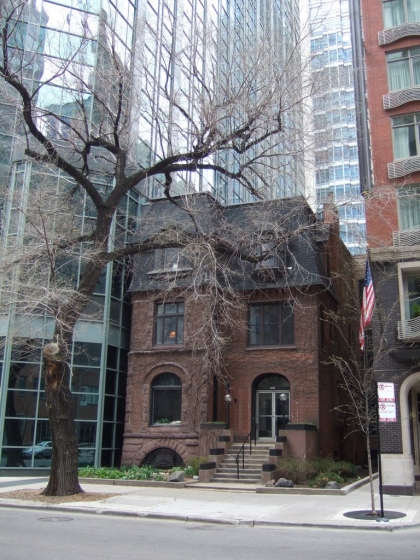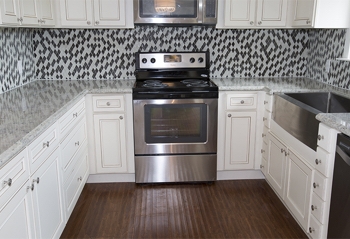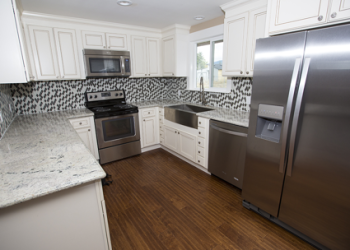Location is everything when it comes to homes and land. At least that’s what I learned in real estate long ago. You’ve heard the cliche, “What are the three most important things in real estate? Location, location, and location.” It must be true because my buyer clients almost all tell me the very first consideration is location. They want a nice location, a nice piece of property, and then they want their dream home on that location.
Clients know when the location is bad. In the few minutes we are driving up to a home, they immediately have feelings that are positive and warm, or negative and uncomfortable. The location is either great or good, or it is unforgivable.

-
A Chicago home that would be a remarkable find except for the location.
A Chicago home that would be a remarkable find except for the location.
You could have the most incredible home on this side of the Mississippi (and since we are west of Seattle a couple of hours, that would include a lot of homes), but if you have an unforgiving location, no buyer will want it.
True story. A man with more money than “cents” decided to build the ultimate luxury home and sell it. He put a price tag on it that was so far beyond the local market that it shocked even the Realtors who handle expensive homes in the area. After a couple of years the home was still on the market with no interested buyers, never got any offers, and a foreclosure looming on the horizon.
What happened? Location, location, location. He picked such a poor location for this mansion of a custom home that no one in that price range would apparently consider actually living there. For that price a buyer could build or buy a gorgeous one-of-a-kind custom home on a mountain top with a panoramic view of International waters and the lights of Victoria shining from Canada at night.
The owner justified the high price with vociferous arguments about the costs he incurred to build it, and he explained how a professional appraiser came from the big city and published a 42 page color glossy masterpiece proving its value. He could talk for hours about this feature or that feature and how extraordinary it is, and about dozens of little expensive features that most people find interesting but would not pay for. He was truly caught up in what a masterpiece he had created, and he did not comprehend why the world wasn’t beating a path to his door with blank checks.
Buyers don’t care how convinced the owner is that his home is Shangri-La. They might like the architecture and the custom features, but if they do NOT like the location, they are gone. The reality is that consumers are in charge of their buying decisions, and a fundamental economic concept rules in this market–supply and demand.
In Sequim and Port Angeles location is everything when it comes to homes and land. If buyers love the home and hate the location, there will be no sale. End of story.
Last Updated on July 27, 2012 by Chuck Marunde





























